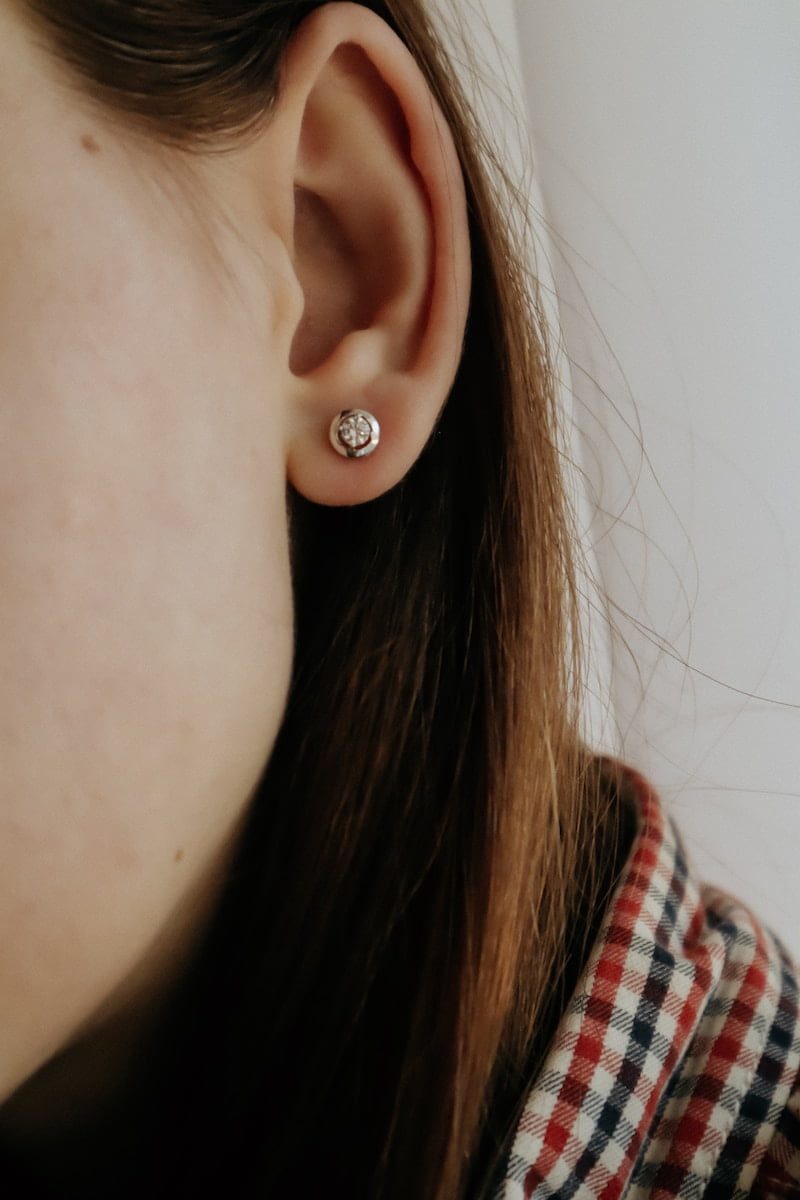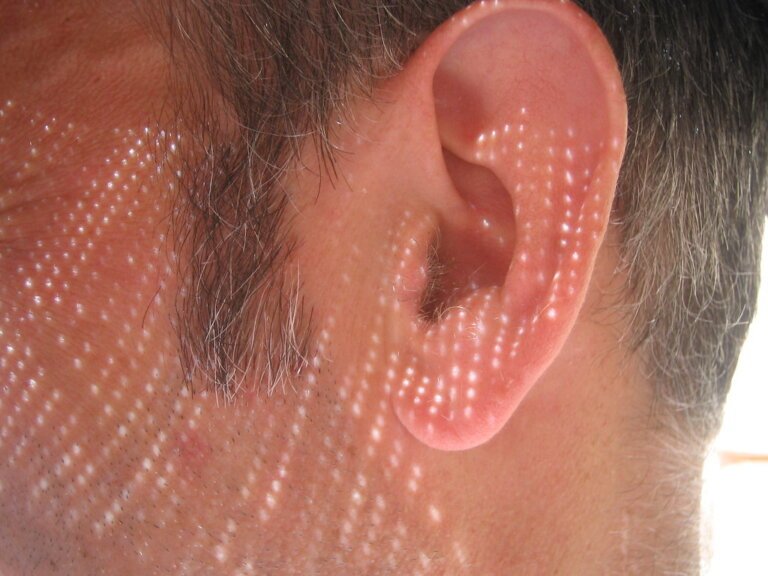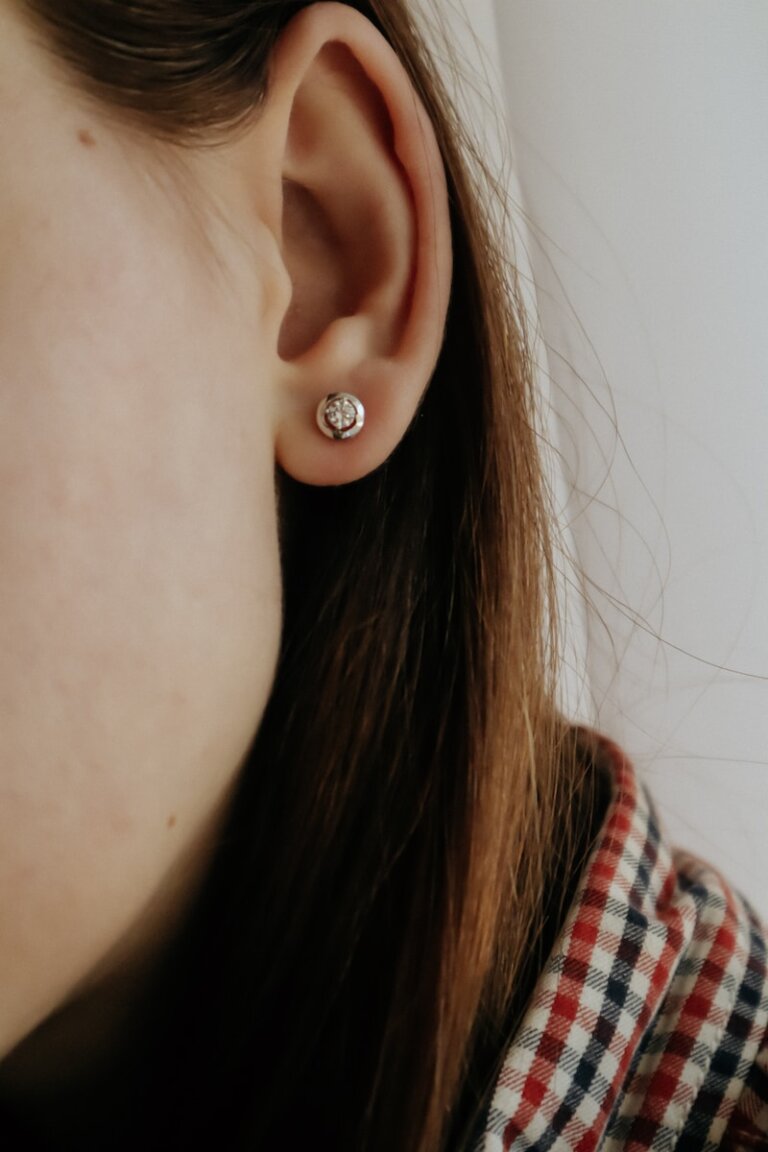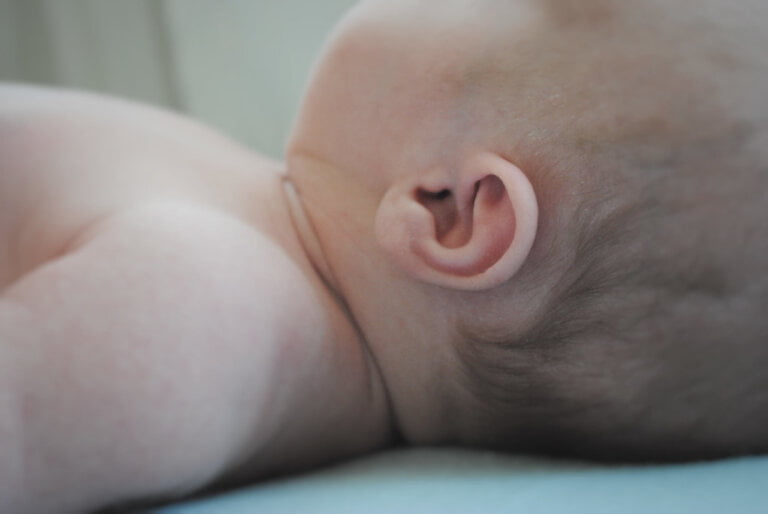Post-Suction Serenity: Essential Steps for Optimal Aftercare Following a Microsuction Procedure
Last Updated on 25th April 2024 by Admin
Suction procedures are commonly performed medical interventions that help remove excess fluids or tissues from the body. Whether it’s liposuction, breast reduction, or any other type of suction-based procedure, proper aftercare is crucial for a successful and comfortable recovery. This article aims to provide a comprehensive guide on the essential steps for optimal post-suction serenity.
1. Follow your surgeon’s instructions
Following your surgeon’s instructions is paramount to ensure a smooth recovery after a suction procedure. Your surgeon will provide specific instructions tailored to your procedure and individual needs. These guidelines may include medication schedules, wound care instructions, and recommendations for physical activity limitations. It is crucial to adhere to these instructions precisely to minimize complications and promote faster healing.
By following your surgeon’s instructions, you can ensure that you take the appropriate medications at the right time, apply necessary dressings or ointments to the incision site, and understand any restrictions on physical activities. Your surgeon’s guidance is based on their expertise and knowledge of your specific procedure, so it is important to trust their advice and follow it diligently.
2. Manage pain and discomfort
Pain, discomfort, and swelling are common after a suction procedure. To alleviate these symptoms, your surgeon may prescribe pain medication or recommend over-the-counter options. It is essential to take the prescribed pain medication as directed and inform your surgeon if the pain becomes severe or persists for an unusually long time.
In addition to pain medication, applying cold compresses to the treated area can help reduce swelling and discomfort. Cold compresses constrict blood vessels, reducing inflammation and minimizing pain. Remember to use a cloth barrier between the skin and the ice pack to prevent direct contact, which could lead to skin damage.
Furthermore, your surgeon may recommend elevating the treated area to reduce swelling. Elevating the affected body part above the level of your heart can help facilitate fluid drainage and reduce swelling. This can be achieved by propping pillows or using a recliner to keep the area elevated.
3. Wear compression garments
Compression garments play a vital role in the recovery process after suction procedures. These tight-fitting garments help reduce swelling, minimize bruising, and provide support to the treated area. Your surgeon will advise on how long you should wear the compression garment and when it’s safe to remove it. Compliance with wearing the garment for the recommended duration is crucial for optimal results.
Compression garments work by applying consistent pressure to the treated area, helping to control swelling and promote proper healing. They also provide support to the underlying tissues, preventing the formation of seromas (fluid collections) and ensuring optimal contouring.
It is important to wear the compression garment as directed, even if it feels uncomfortable or restrictive at first. Gradually, your body will adjust to the garment, and wearing it consistently will aid in reducing swelling and promoting a smoother recovery.
4. Maintain proper hygiene
Keeping the treated area clean and maintaining good overall hygiene is essential for preventing infection and promoting healing. Follow your surgeon’s recommendations for wound care, such as cleaning the incisions with a mild soap and warm water. Gently pat the area dry with a clean towel or let it air dry.
Avoid using harsh chemicals or abrasive scrubbing, as this can irritate the incisions and delay healing. It is important to handle the treated area with clean hands and avoid touching it unnecessarily. If your surgeon has provided specific instructions for applying ointments or dressings, follow them meticulously to ensure proper healing.
Furthermore, it is crucial to avoid soaking in water, such as bathtubs, swimming pools, or hot tubs, until your surgeon gives the green light. Moisture can increase the risk of infection, and submerging the incisions in water should be avoided until they are fully healed. Your surgeon will provide guidance on when it is safe to resume activities that involve water exposure.
5. Follow a balanced diet
A healthy diet is crucial for proper healing and recovery after a suction procedure. Consuming a well-balanced diet that includes a variety of fruits, vegetables, lean proteins, and whole grains provides the essential vitamins and minerals necessary for your body to repair itself.
Fruits and vegetables are rich in antioxidants, which help reduce inflammation and promote healing. Lean proteins, such as chicken, fish, and tofu, provide the necessary building blocks for tissue repair. Whole grains, such as brown rice and whole wheat bread, are a good source of fiber and provide sustained energy.
Ensure you stay adequately hydrated by drinking plenty of water throughout the day. Hydration aids in the healing process and helps flush out toxins from your body. Avoid excessive consumption of sugary drinks and alcohol, as they can impair the healing process and compromise your immune system.
6. Engage in gentle physical activity
While strenuous exercise should be avoided during the initial stages of recovery, engaging in gentle physical activity can promote blood circulation and prevent blood clots. Follow your surgeon’s recommendations regarding activity restrictions and gradually increase your activity level as advised.
Walking is an excellent low-impact exercise that can be resumed shortly after your suction procedure. Start with short walks around your home or neighborhood and gradually increase the duration and intensity as you feel comfortable. However, it is crucial to listen to your body and avoid any activities that cause pain or discomfort.
Avoid activities that involve heavy lifting, intense cardio workouts, or repetitive movements of the treated area. It is important to strike a balance between rest and physical activity to facilitate proper healing and prevent complications.
7. Manage emotional well-being
Undergoing a suction procedure can be emotionally challenging for some individuals. It is important to prioritize your emotional well-being during the recovery period. Surround yourself with a support system of family and friends who can provide encouragement and understanding.
Engaging in relaxation techniques, such as deep breathing exercises, meditation, or listening to calming music, can help reduce stress and promote a sense of serenity during the recovery process. Taking time for self-care activities that you enjoy, such as reading, taking baths (once approved by your surgeon), or pursuing hobbies, can also contribute to your emotional well-being.
If you experience feelings of anxiety or depression during the recovery period, do not hesitate to seek professional help. Your surgeon or primary care physician can provide recommendations for therapists or counselors who specialize in supporting patients through the recovery process.
8. Attend follow-up appointments
Regularly scheduled follow-up appointments with your surgeon are crucial for monitoring your progress and addressing any concerns. These appointments allow your surgeon to assess your healing, remove sutures if necessary, and provide additional guidance for a smooth recovery.
During these appointments, your surgeon will evaluate the results of the procedure and ensure that you are healing properly. They may also make recommendations for scar management or additional treatments to optimize your outcome.
Make sure to attend all recommended follow-up appointments and communicate openly with your surgeon about any questions or issues you may have. Your surgeon is your partner in the recovery process and can provide valuable insights and support to help you achieve the best possible results.
In conclusion, proper aftercare is essential for optimal recovery and results following a suction procedure. By following the recommended steps provided by your surgeon, you can minimize discomfort, reduce complications, and achieve the best possible outcome. Remember to consult your surgeon for personalized aftercare instructions and guidance throughout your recovery journey.
Q: Why is it important to follow my surgeon’s instructions after a suction procedure?
A: Following your surgeon’s instructions is crucial to minimize complications, promote faster healing, and ensure a smooth recovery after a suction procedure. Your surgeon’s guidance is based on their expertise and knowledge of your specific procedure, so it is important to trust their advice and follow it diligently.
Q: How can I manage pain and discomfort after a suction procedure?
A: To alleviate pain and discomfort, your surgeon may prescribe pain medication or recommend over-the-counter options. Applying cold compresses to the treated area can also help reduce swelling and discomfort. Additionally, your surgeon may recommend elevating the treated area to reduce swelling.
Q: Why should I wear compression garments after a suction procedure?
A: Compression garments play a vital role in the recovery process after suction procedures. They help reduce swelling, minimize bruising, and provide support to the treated area. It is important to wear the compression garment as directed by your surgeon for the recommended duration to achieve optimal results.
Q: How can I maintain proper hygiene after a suction procedure?
A: Keeping the treated area clean and maintaining good overall hygiene is essential for preventing infection and promoting healing. Follow your surgeon’s recommendations for wound care, such as cleaning the incisions with a mild soap and warm water. Avoid using harsh chemicals or abrasive scrubbing and avoid soaking in water until your surgeon gives the green light.







